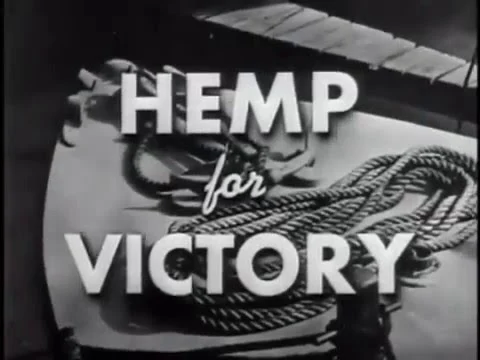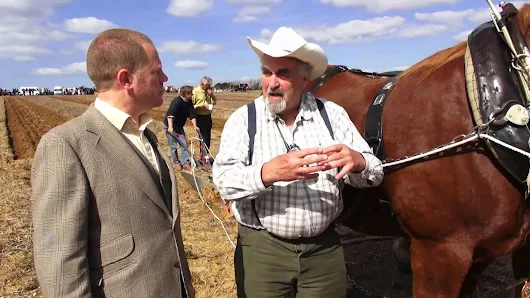- Primary nutrients are nitrogen, phosphorus and potassium, known by the chemical symbols of N, P and K.
- Secondary nutrients are calcium, magnesium and sulfur.
- Micronutrients include boron, chlorine, copper, iron, manganese, molybdenum and zinc.
- Other nutrients that are easily available in the environment include carbon, hydrogen and oxygen. These last three do not need to be supplied by fertilizers.
Bones as Resource ..
During the war, nitrogen was one of the prime components of TNT and other high explosives. Post-war, munitions plants produced ammonia for fertilizer. Fertilizer use increased, partly due to enhanced supply and partly because farmers and agricultural scientists understood the importance of nutrients to crops.
By the 1940s, plant scientists at universities and research facilities had determined the 16 essential ingredients for plant growth. The three primary nutrients—nitrogen, phosphorus and potassium—were needed in quantities approaching the millions of tons by 1940.
In the early part of the 20th Century, potassium was mined from potash deposits, the largest of which were in Germany. By 1940, new sources had been discovered in Canada, and there were chemical processes coming on line to supply potassium.
By 1940, phosphorus was also being produced by chemical processes and by mining phosphate rock. In the 1940s, the use of "normal superphosphate" fertilizers peaked. In later decades, it was replaced by triple superphosphate and ammonium phosphates.
Nitrogen production was boosted by WW2 developments. Nitrogen is, of course, one of the main ingredients in explosives.
During the 1940s, most of the ammonia was applied as solid ammonium nitrate pellets. But this form is highly explosive. In fact, ammonium nitrate mixed with fuel oil is a common explosive still used in mines. There were several disasters where the material exploded in ships or other transports.
By the mid 40s, researchers were exploring ways to apply anhydrous ammonia directly into the soil. It won't explode, but it has to be kept under pressure and usually refrigerated. It can "burn" skin by drying it severely, and it can crowd out oxygen in a closed area and even cause death by asphyxiation. But, anhydrous ammonia has the highest nutrient content of any fertilizer. It's 82.5 percent nitrogen.
https://livinghistoryfarm.org/farminginthe40s/crops_04.html .




